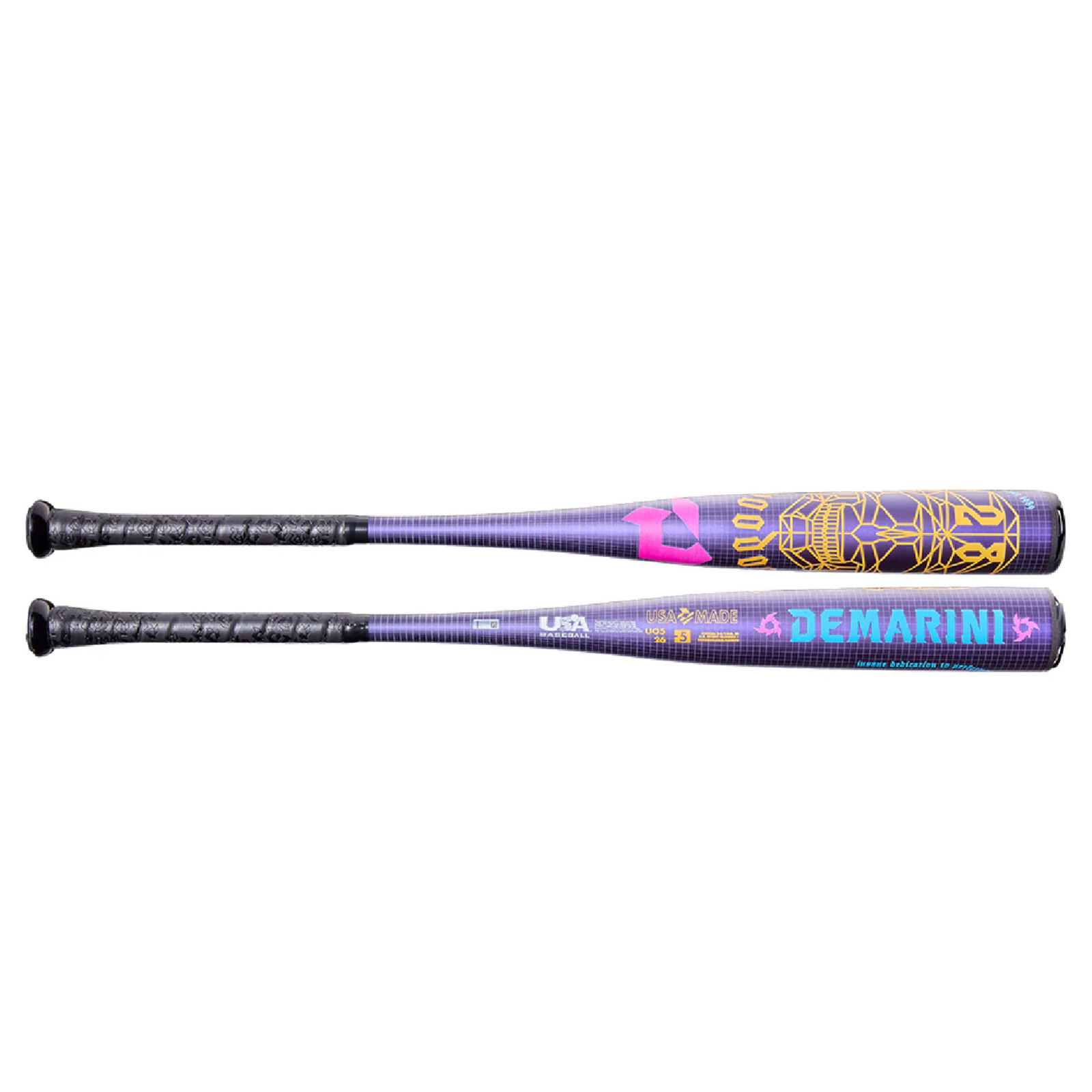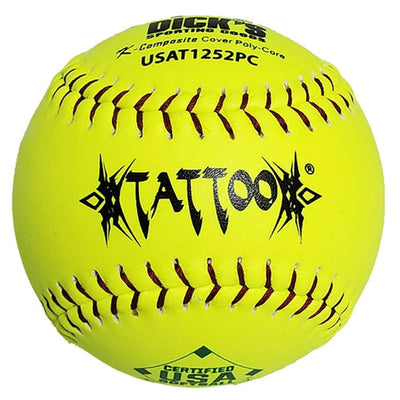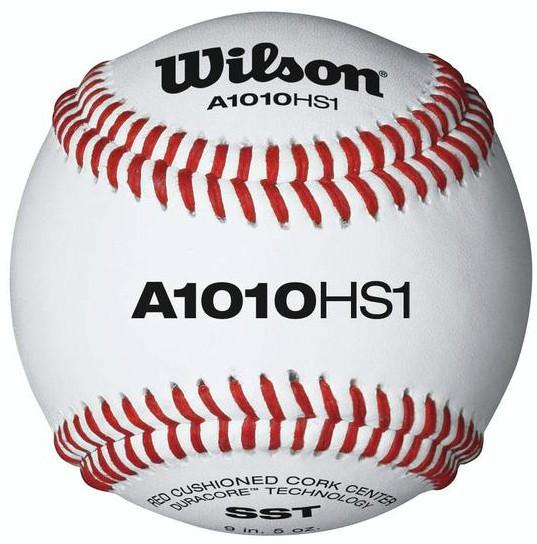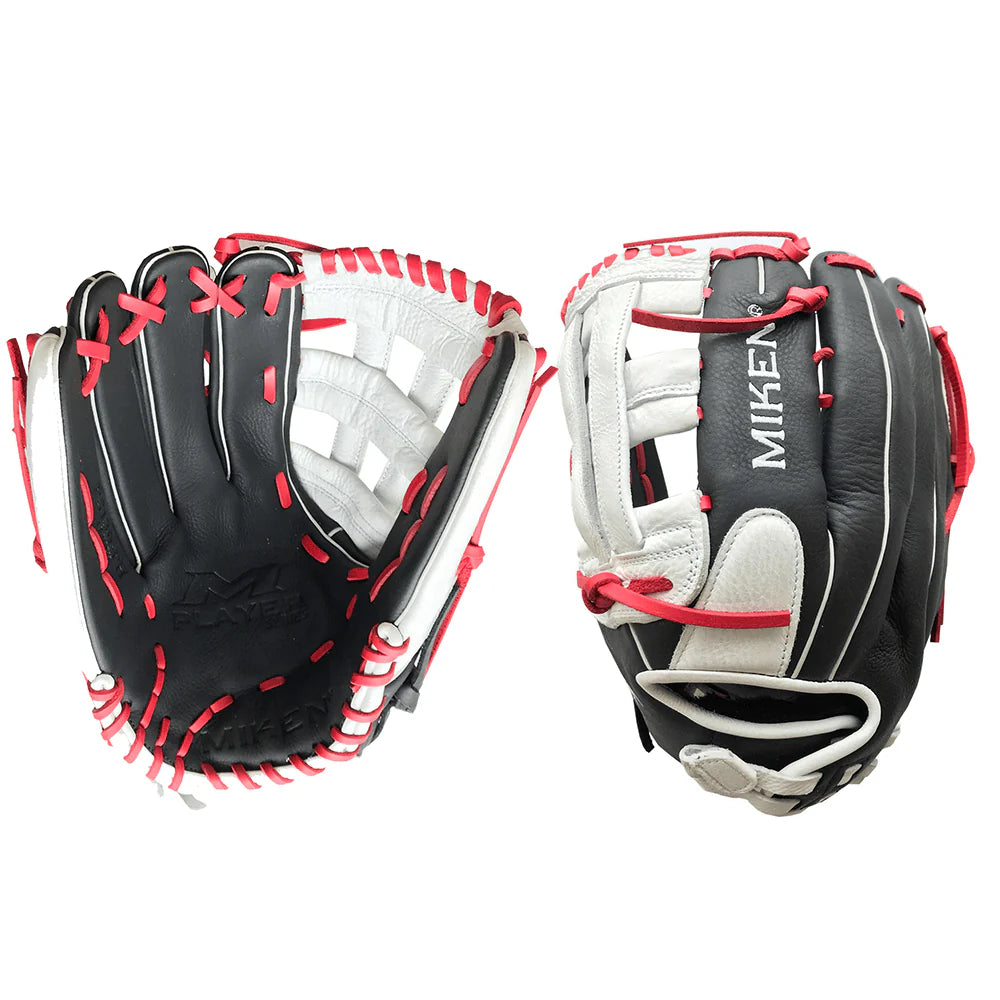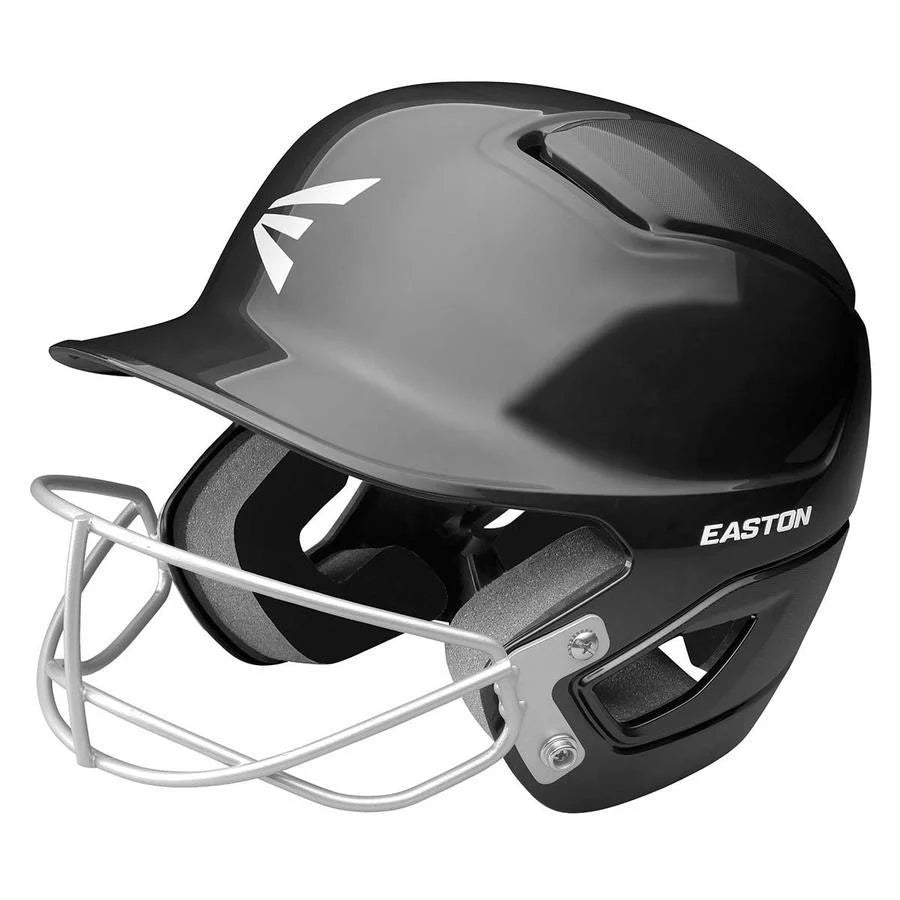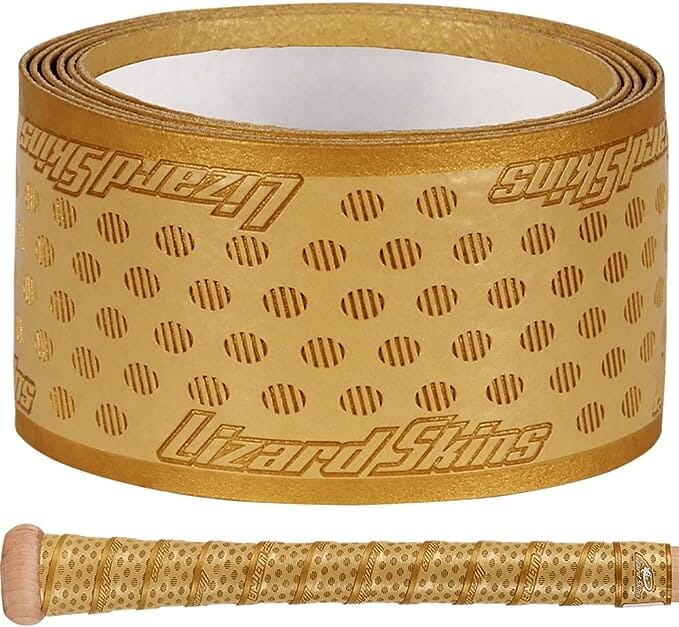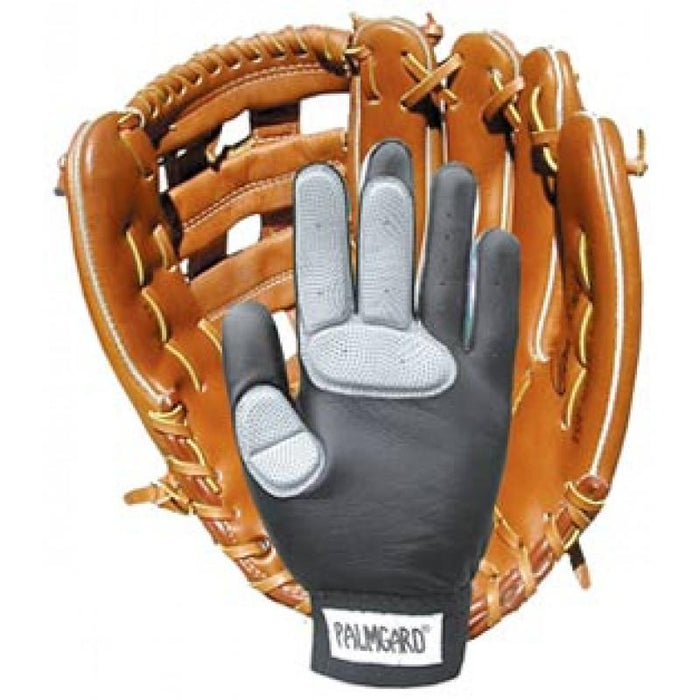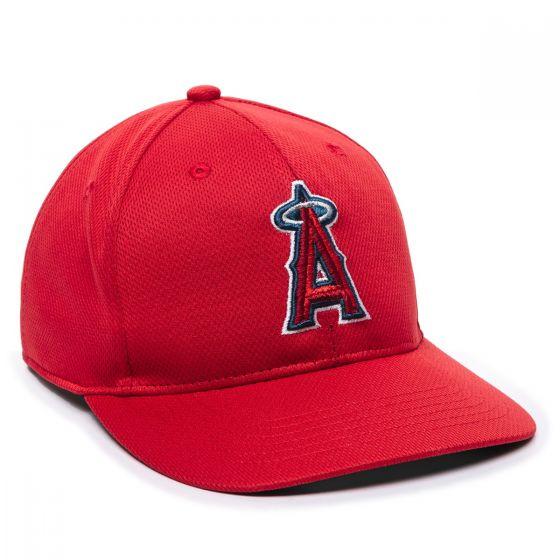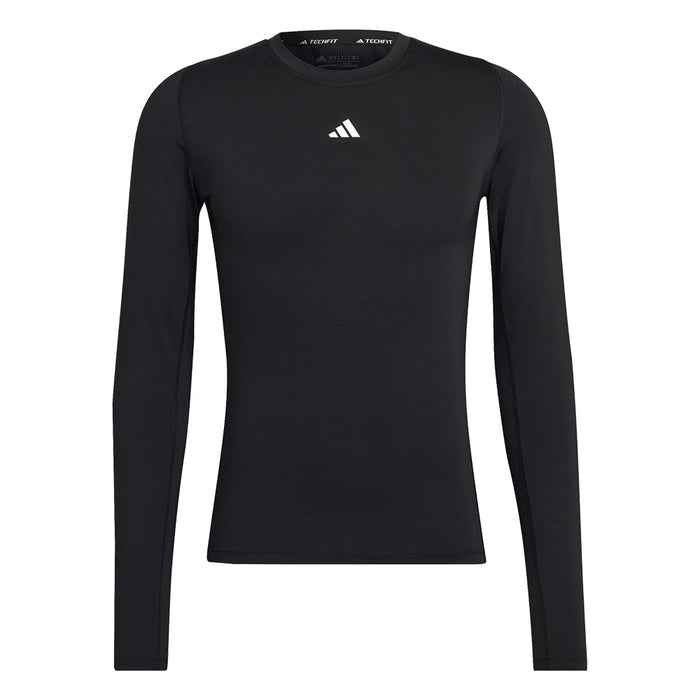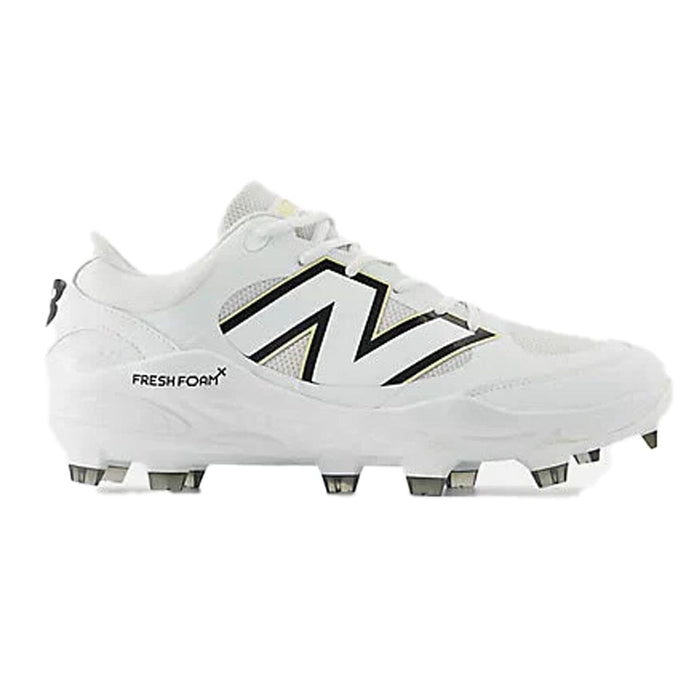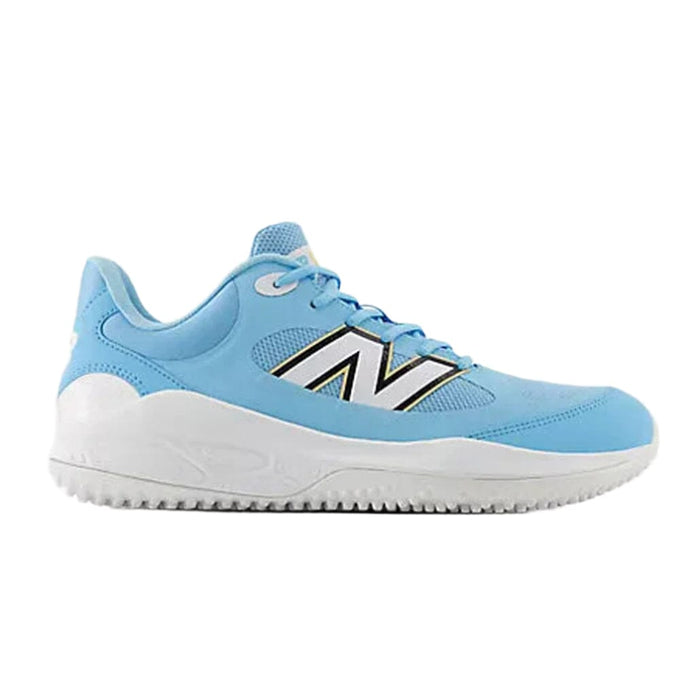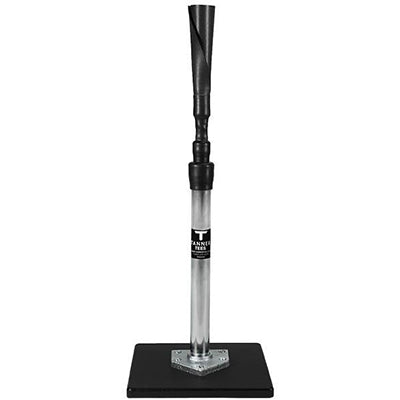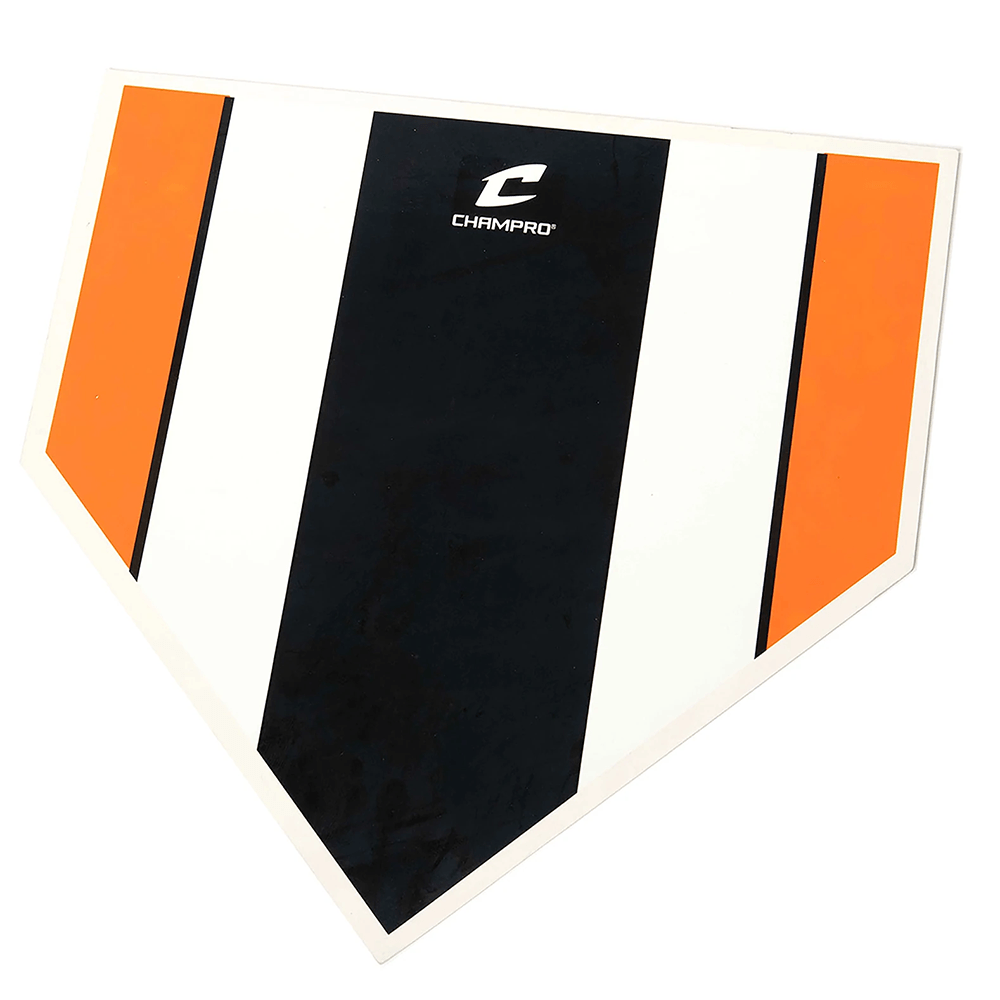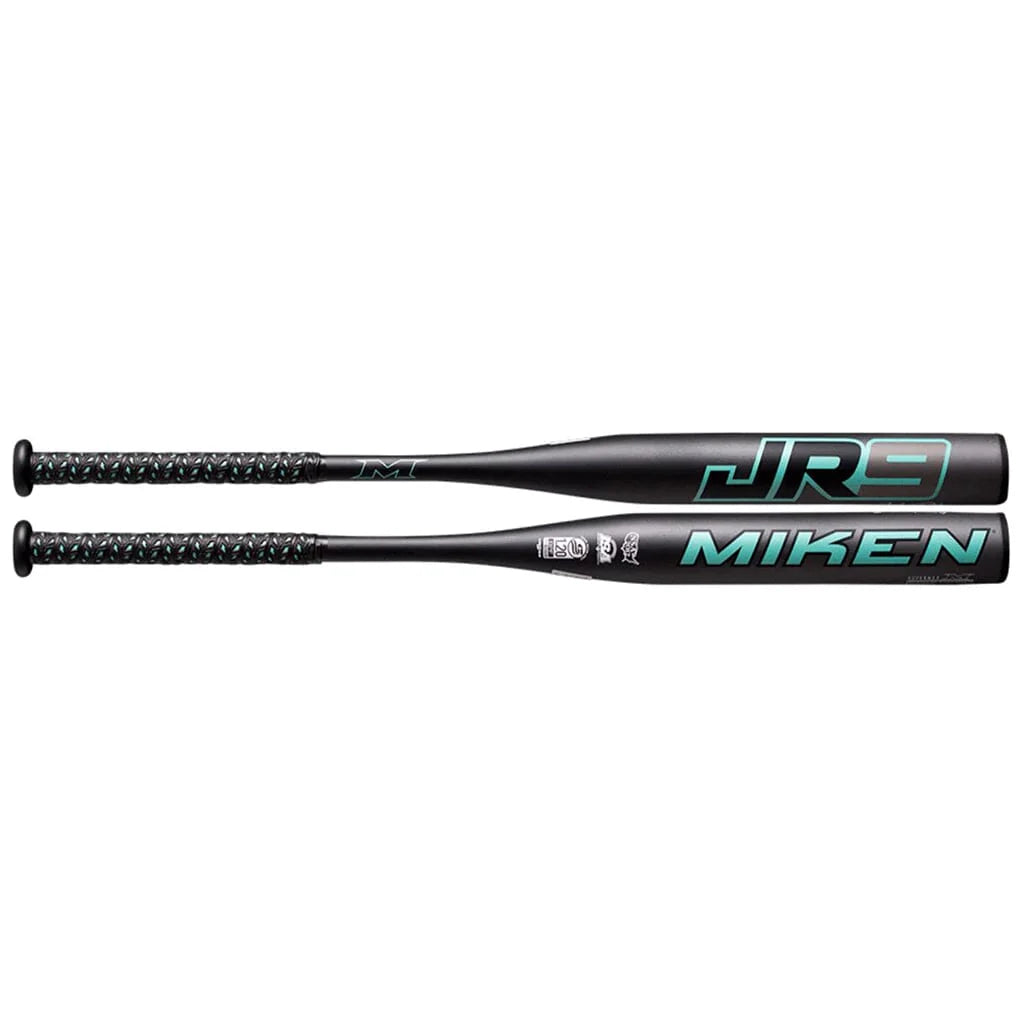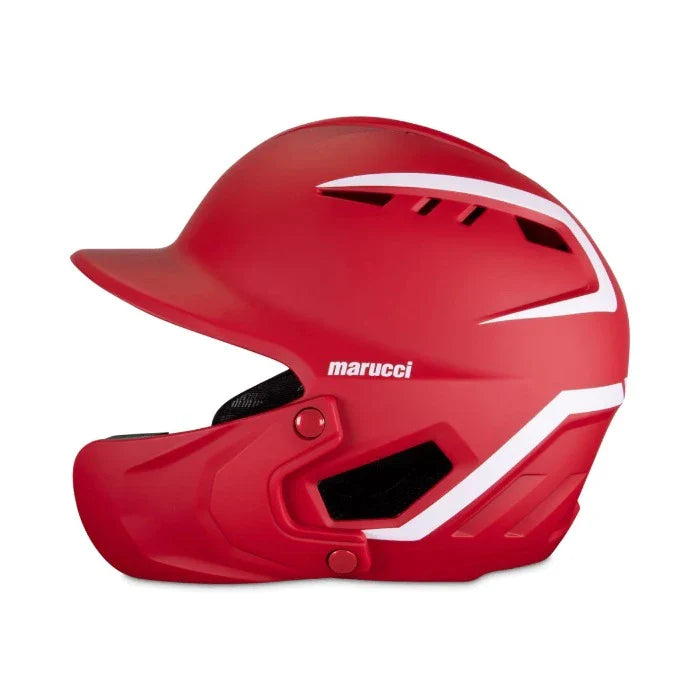The Rundown on Buying a Proper Bat
One thing is for sure, bats are not one size fits all. When performing any task, it’s imperative that you have the right tools, and hitting is no different. Your ability to perform well at the plate is heavily influenced by swinging the right bat. You want it to be long enough to cover the zone, heavy enough to optimize power, and light enough to not compromise swing speed.
A general rule of thumb is get the heaviest bat you can swing with good speed, but choosing the right bat is hardly as simple as following one set rule. You’ll have to make many decisions like end loaded for power or balanced for spray hitting, higher or lower drop weight, and how long would you want your bat to be?
There are three main variables to consider when purchasing the right bat for you. First, you must consider the regulations set by your league. Before you start shopping around we recommend that you check with your local league, school, or parks and rec department. Also, you can consult your leagues website for the latest updates.
Next, you’ll want to choose your length, measured in inches from knob to end cap. Swinging a bat on the longer side helps you hit the outside zone and tends to be end heavy thus improving power. Be wary though, swinging a bat that is too long will inhibit your ability to hit on the inside of the plate. Shorter, more balanced bats improve swing speed allowing you to catch up to inside pitches.
Lastly, you’ll need to decide on a weight drop. Bat weights are measured in ounces and are tied to your bats drop weight, the difference between your bat length and its weight. This is calculated by taking the weight and subtracting the length, for example a 32-inch bat that weighs 29 ounces has a -3 drop. Each league you play in will have its own set range of allowable drop weights but a general trend is that as you move up to more advanced leagues, the drop difference will fall. Whatever your league’s range, the more experienced hitters with smoother swings should use lower drops resulting in a heavier bat with more power. New, less experienced players should opt for lighter bats which allow for more control through your swing.
If you’re planning on playing baseball know that there are several leagues at many levels with varying rules for bats. Generally, baseball bats are between 29 and 34 inches with drops starting at -12 for younger players and ending with -3 in high school and college. All slow-pitch bats are 34 inches long and range from -8 to -4 drops. Fast-pitch softball bats are 28 to 34 inches and typically have drops of -8 to -13.
For more specific information on bat sizes and the regulations of governing bodies check out our buying guides, https://www.directsports.com/pages/buying-guides. One last word of advice, when it comes to choosing a new bat that’s the right size for you the best thing you can do is demo different bats with varying lengths and weights and see what works best for your swing.

